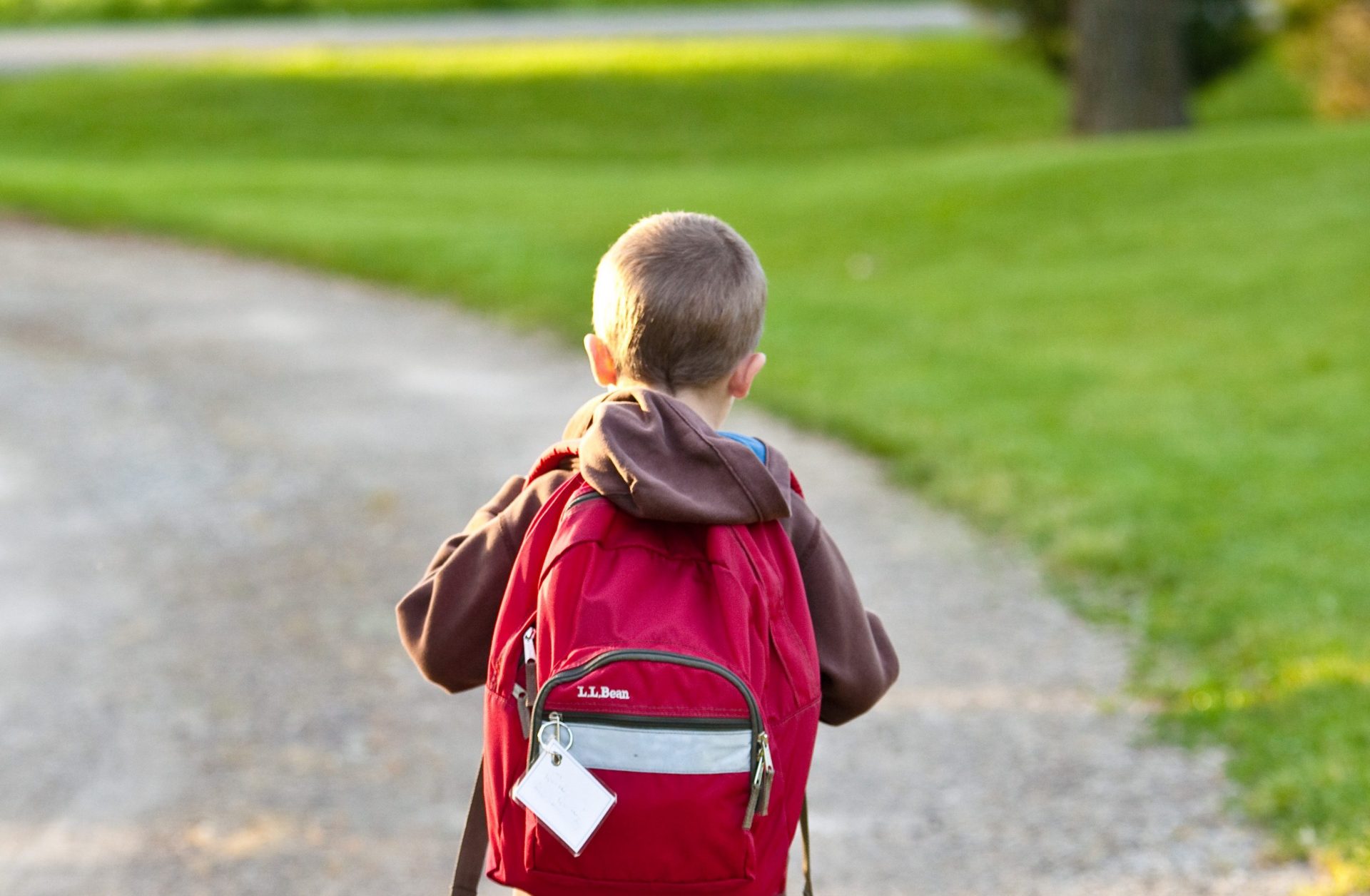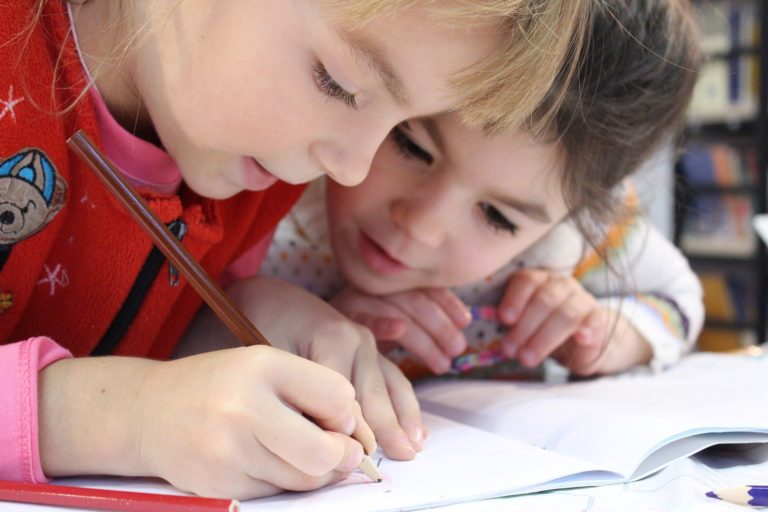Why Parents Should Worry Less About Where Their Kid Goes to School
This is a lightly edited and updated version of a post that first appeared on Mumbling Mommy.
A few months ago, just before summer’s end, Rachael and I took the kids to a local splash park. While we were there, I could not help but overhear a working mother wrangling over her kids’ various public and private schooling options. She was educated, articulate … and admittedly at a loss as to where to send her elementary school children.
I hear and see hand-wringing like this often. Public-school parents who obsess over Googling school test scores or fretting over whether their kid will be college-ready. Private school parents who anxiously try to find “the” school for their kids, all while wondering how they’ll manage the tuition payments and other obligations that come with private school attendance. Homeschooling parents who wonder if they’re up to the task of balancing teaching with other life obligations, all while trying to find the best curriculum for their kids.
Every concern is understandable. We want what’s best for our kids. I sympathize — I’m a high school teacher who also has a grade-school daughter. (Being a teacher does not make me less prone to worry: some of the most anxious parents I know are themselves professional teachers.) But … after years of listening to and reading from researchers on the subject, I’ve reached some conclusions. And as a result of those conclusions, I offer this encouragement:
Try not to worry too much.
First off, how much does a kid’s school matter? Let’s start with academic achievement. Most of the research seems to indicate that a child’s school has only a modest effect on their overall achievement. Here’s a rough breakdown:
– The school itself: about 10%
– The student’s teachers: about 10%
– Unexplained factors: 20%
– Student and family background characteristics: 60%
Taken together, teachers and schools are about 20%, but the reality is even less than that. After all, very few school environments have a 0% benefit and fewer still are at the utopian 20%. The total school environment variance is probably, on average, somewhere between 6-12%. Put more simply, a succession of awesome teachers will probably benefit your kid about 3-6% over an average teacher (each individual teacher being a fragment of that 3-6%), and a fantastic school will do about the same over a mediocre one. That pales in comparison to home life and parental involvement. Plus, keep in mind, there is another 20% in factors we can’t even pin down. Note also that the teachers are collectively only about 10% of the pie. Because most kids, especially those in secondary schools, have more than one teacher, the impact of any one individual teacher will be less than 10%.
In short: within a wide range of schools kids will turn out about the same, academically speaking. The research supports this, but I’ve also seen plenty of anecdotal stories to support it.
What about school climate and safety? School climate is, after all, an important consideration, and there are a handful of schools in the U.S. that have significant safety issues. But the majority of schools — again, from the mediocre to the good — are relatively safe. And no climate is utopian; each situation has its own challenges. Poor schools have them. Affluent schools have them. The same goes for private schools … and yes, even for homeschool co-ops. And sometimes those problems are more universal than we’d like to think; I could tell anecdotes of bullying, for example, from just about every educational option imaginable.
If there really are problems everywhere, what is a parent to do?
The trap a lot of well-intentioned parents fall into — a trap I have to be careful of in my own life — is the temptation to try and insulate their children from those issues. Instead, I encourage parents to use challenges (within reason) as an opportunity to build coping skills, perseverance, and other qualities that will serve them well in adult life. There is evidence that when kids can cultivate the ability to deal with setbacks early on, that they are more likely to experience success later in life. Conversely, children who don’t experience age-appropriate challenges may not develop the cognitive skills necessary to function in the adult world. (That is the frightening part of helicopter parenting.) Obviously common sense should rule here; sometimes a parent has to intervene. If legitimate physical or emotional abuse is in play, parents need to act. But I always encourage parents to consider things thoughtfully. Is this a truly serious problem, or is this problem something that can actually make my child a better, more mature human being?
Again, it’s just an anecdote, but here’s how I’ve seen the school scenario play out in my own life. When my now-fifth-grade daughter was about to enter kindergarten, my wife and I had a series of discussions about where to send her: public, private, homeschool, etc. We decided on sending her to the neighborhood public elementary school. My research into the school consisted of a few informal conversations with parents of kids there regarding the school climate, including some educator parents. I paid very little attention to test scores.
My daughter’s school is not what some would call a “rock star” school. It’s about as economically and socially diverse a school as they get: multiple languages, poverty and affluence, racial plurality. The school’s metrics are, by most measures, pretty average, and she deals with the issues kids deal with: good kids, bad kids, encouragement, bullying. All of it. We encourage our daughter to talk to us about it, which she does, and we help her talk through how to deal with the bad and build on the good.
So how is she doing? By every measure, just fine. Academically, she is pacing well above average, even by measure of some of the more rigorous Common Core-aligned benchmarks now in place. Socially, she thinks carefully about how to make good friendships and how to deal with bad kids.
And I’m trying, purposefully, to relax.







